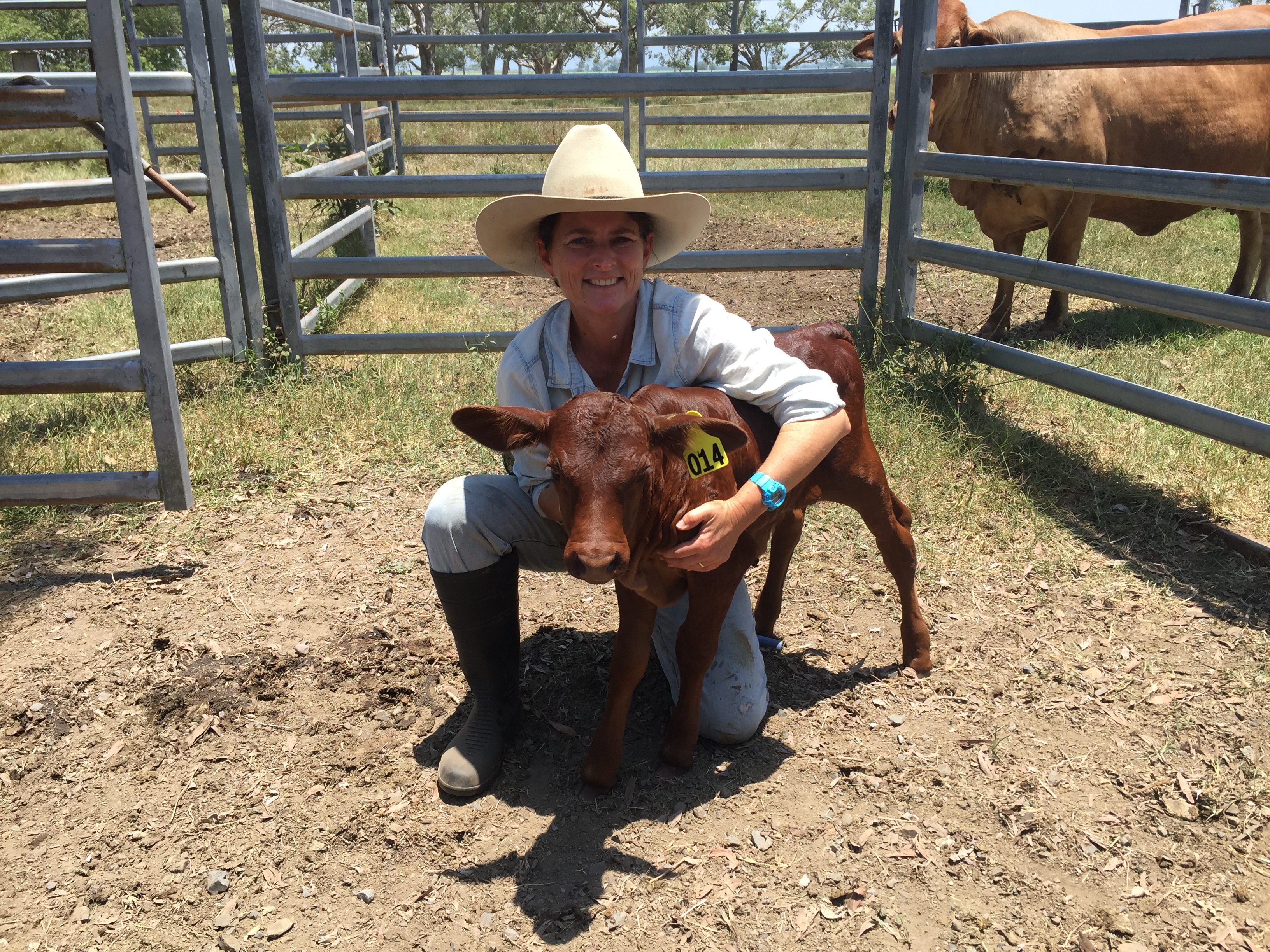Data paints a clearer picture of calf losses
 More data is the key to help identify production losses that cost Queensland graziers millions of dollars each year, according to Department of Agriculture and Fisheries (DAF) Beef Extension Officer, Roxanne Morgan.
More data is the key to help identify production losses that cost Queensland graziers millions of dollars each year, according to Department of Agriculture and Fisheries (DAF) Beef Extension Officer, Roxanne Morgan.
Ms Morgan said one of her big focuses was to encourage people to collect data, so that they have a benchmark, of where their herd is at currently.
“In broad terms, breeder herd production comes from the number of cows in the system, and the liveweight of animals that are turned off every year,” Ms Morgan said.
Calf loss is a significant financial, animal health, and welfare issue, estimated at up to 30% in first-calf heifers and 15% in cows in Northern Australian systems.
Ms Morgan said that graziers sometimes presumed they had a wild dog problem. But there was a lack of evidence to show how many calf deaths were a direct result of predation and how many were actually due to an underlying issue within the herd.
Ms Morgan said DAF is urging graziers to consider a range of possibilities around calf mortality, which could include nutrition issues for cow and calf, or a need for more efficient monitoring systems and vaccination regimes. Having basic records (data) of herd and pasture conditions is critical in diagnosing production issues. They do not have to be complex.
She said graziers would often not know if there had even been a calf, as cows in low body condition scores may not cycle to conceive. Without any records or segregation on lactation status or pregnancy testing, seeing a dry cow once or twice a year at muster does not identify where a problem may be occurring.
This is an area where hard data specific to the Queensland herd is needed. There is little objective measurement on calf loss. We just need more information,” said Ms Morgan.
Fellow DAF extension officers working in the field have been observing trends and patterns occurring around production losses.
“It’s an issue that needs so much more clarity around it, and objective measurement to help pinpoint what interventions could have the biggest impact.”
“Are there issues stopping cows getting in calf; are embryos being lost or are calves dying before weaning?”
Increased utilisation of pregnancy testing and foetal ageing would reveal more data around conception rates and expected calving dates, and assist graziers to identify calf loss and maximise production opportunities.
For more information about data collection, contact Roxanne Morgan via email: Roxanne.Morgan@daf.qld.gov.au
Available resources
- Defining the level of calf loss and identifying causes in your herd (16 minute presentation by Dr Kieren McCosker, formerly NT Department of Industry, Tourism and Trade Beef Research Scientist, at the 2018 Calf Alive Symposium)
- Pregnancy testing, using the results
- Dehydration in newborn calves in the tropics (8 minute presentation by Jarrud Muller, formerly DAF Animal Production Scientist, at the 2018 Calf Alive Symposium)
- Cash Cow Technical Synopsis (PDF, 8 MB), Meat & Livestock Australia
- Could your herd be more productive? (PDF, 648 KB), Meat & Livestock Australia
- CashCow final report (PDF, 4 MB) , Meat & Livestock Australia
- Beef rough indicator and calculator of key performance indicators (BRICK)